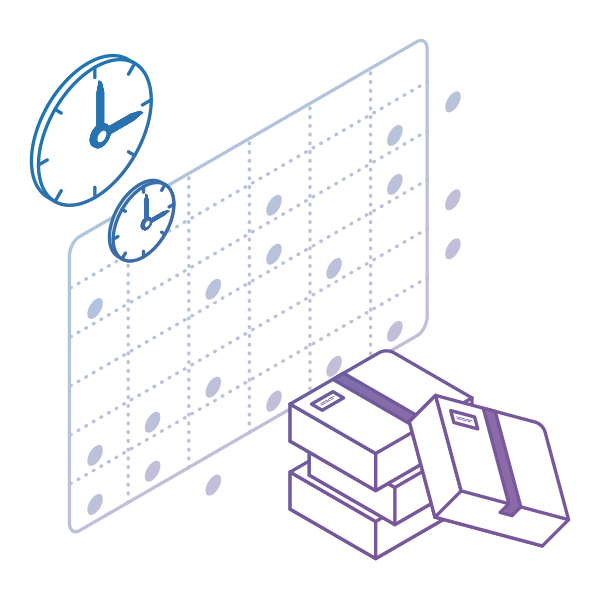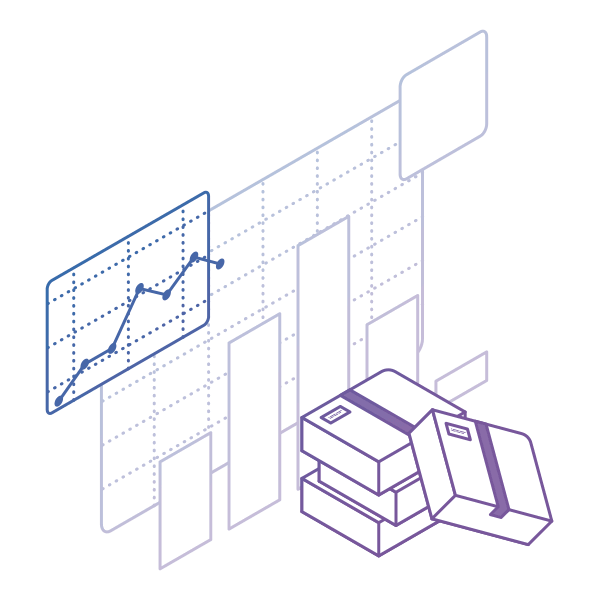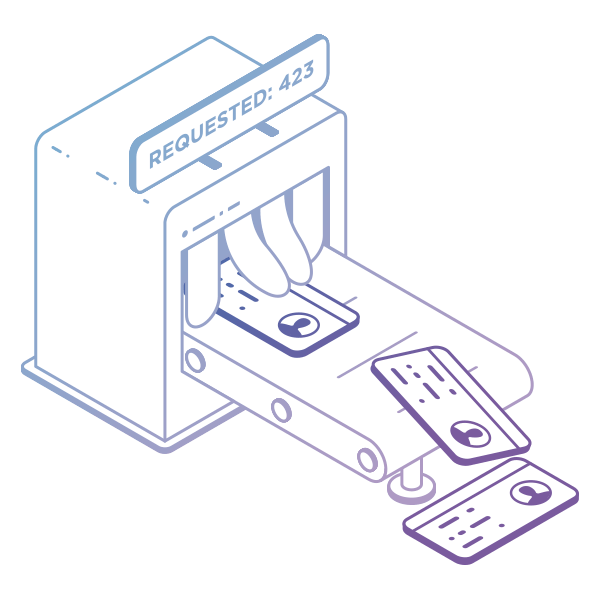An essential aspect of maintaining client loyalty is delivering the right value at the right time. In pursuit of this goal, Toyota developed a method called "continuous flow" in the mid-20th century. This approach offers an alternative to the traditional batching method commonly used in process management.
In this article, you will learn how to optimize continuous flow by implementing various Lean methodologies.
What Is Continuous Flow?
Continuous flow is a Lean method that moves a single product through every step of the process continuously, without batching, allowing for uninterrupted production and frequent delivery of value to customers.
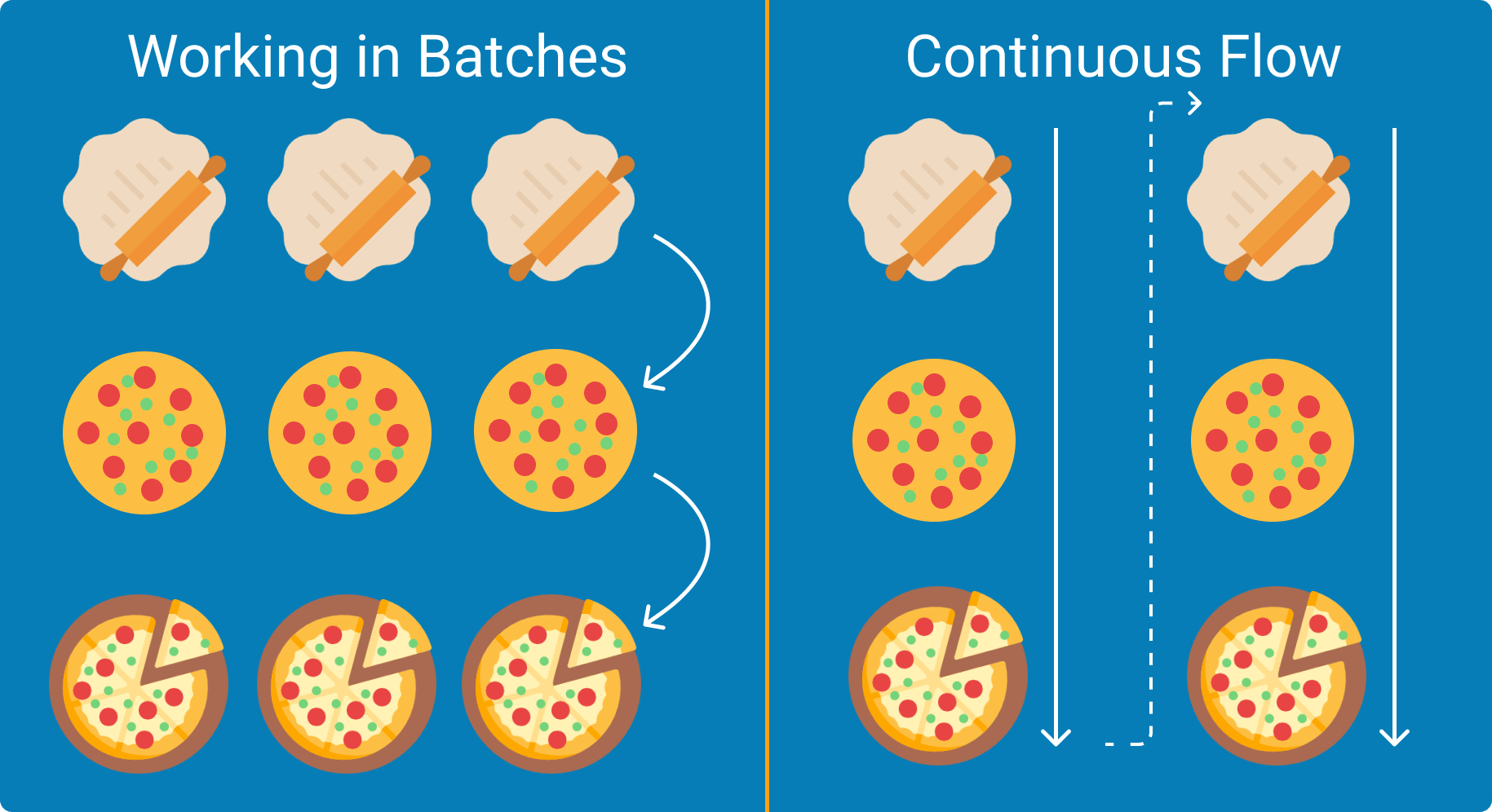
It is as simple as it sounds. Once you start working on a product, you keep focused on it until it is ready to be delivered to your customer.
At first, the concept of continuous flow may sound less efficient than processing work in batches because, with it, you are delivering smaller amounts of value to the market at a time. However, it actually allows you to provide value to customers more often and reduce the time they spend waiting to receive their orders.
In addition, it is a fantastic way to minimize the waste of your process. Continuous flow is especially useful for reducing inventory costs and the wait time for your work items.
What Is Takt Time?
To make the most of continuous flow, you need to define a takt time for your assignments.
Takt time is the rate at which a product needs to be completed to meet customer demand. The term originates from the German word "takt," which literally means "pulse" or "beat."
Briefly explained, your takt time is your sell rate.
For example, if your company has a takt time of 2 days, you need to finish producing a product every 2 days because, on average, a customer is buying your product every 2 days.
You can calculate takt time by dividing the total available time for production by the required production units.
Often confused with cycle time, takt time is one of the most important metrics for maintaining a continuous flow. It allows you to utilize your capacity to meet customer demand in the best possible way.
What Is Heijunka?
To help you optimize your workflow continuously for takt time, Lean offers a production leveling solution called Heijunka.
As demand is rarely steady, you need to adapt your process to any fluctuations. Heijunka is a method for reducing the unevenness (Mura) of your process and preventing overburden (Muri). It means "leveling" and is critical for maintaining a stable Lean system.
Heijunka allows you to produce intermediate goods at a steady rate so that you can satisfy fluctuations according to your average customer demand. For that purpose, the method has two ways of leveling production:
- Leveling by volume
- Leveling by type
Leveling by volume
In its pure form, Lean teaches us to pull work only when there is a demand for it, or in other words, when customers request it. However, in some industries, processing work this way is not practical when there is a constant stream of new orders. Irrelevant of your industry, it is highly unlikely to receive an equal number of orders each day, week, or month.
To achieve a continuous flow of work, Heijunka provides you with the opportunity to level your production volume depending on the average demand.
So, if you receive 10 orders per week on average, but their number fluctuates by the day (e.g., Monday 5; Tuesday 1; Wednesday 2, etc.), you need to adjust your capacity to meet the average demand. In a continuous flow, this would mean producing 2 products per day (in case of a 5-day work week) to meet demand.
Leveling by type
Things can be quite tricky when you manage a portfolio of products and distribute capacity according to demand. To address this issue, Toyota implemented a Heijunka box to ensure a steady workflow that meets customers’ demands.
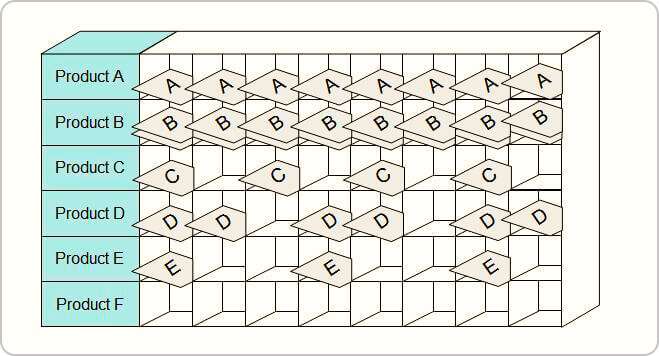 Heijunka box
Heijunka box
Basically, it is a system that visualizes the demand for each product. Based on the average demand, it levels a production sequence to achieve an optimal flow.
What Is Jidoka?
Meeting demand is important, but delivering a product with unquestionable value is even more so. This is where Jidoka comes in. It is a method for ensuring a product's built-in quality. Also known as "autonomation," Jidoka allows you to stop the production process as soon as you see an imperfection.
It has 4 distinctive steps:
- Discover an abnormality
- Stop the production process
- Fix the immediate problem
- Investigate and correct the root cause
Although it may temporarily disturb your process's continuous flow, implementing Jidoka will help you ensure that the product you deliver meets your customers' quality expectations.
Continuous flow is an important part of Lean management and Lean product development in particular. By optimizing your work process to deliver the right value to your customers at the right time, you will be more likely to ensure their loyalty and grow your business.
Businessmap is the most flexible software
to align work with company goals






